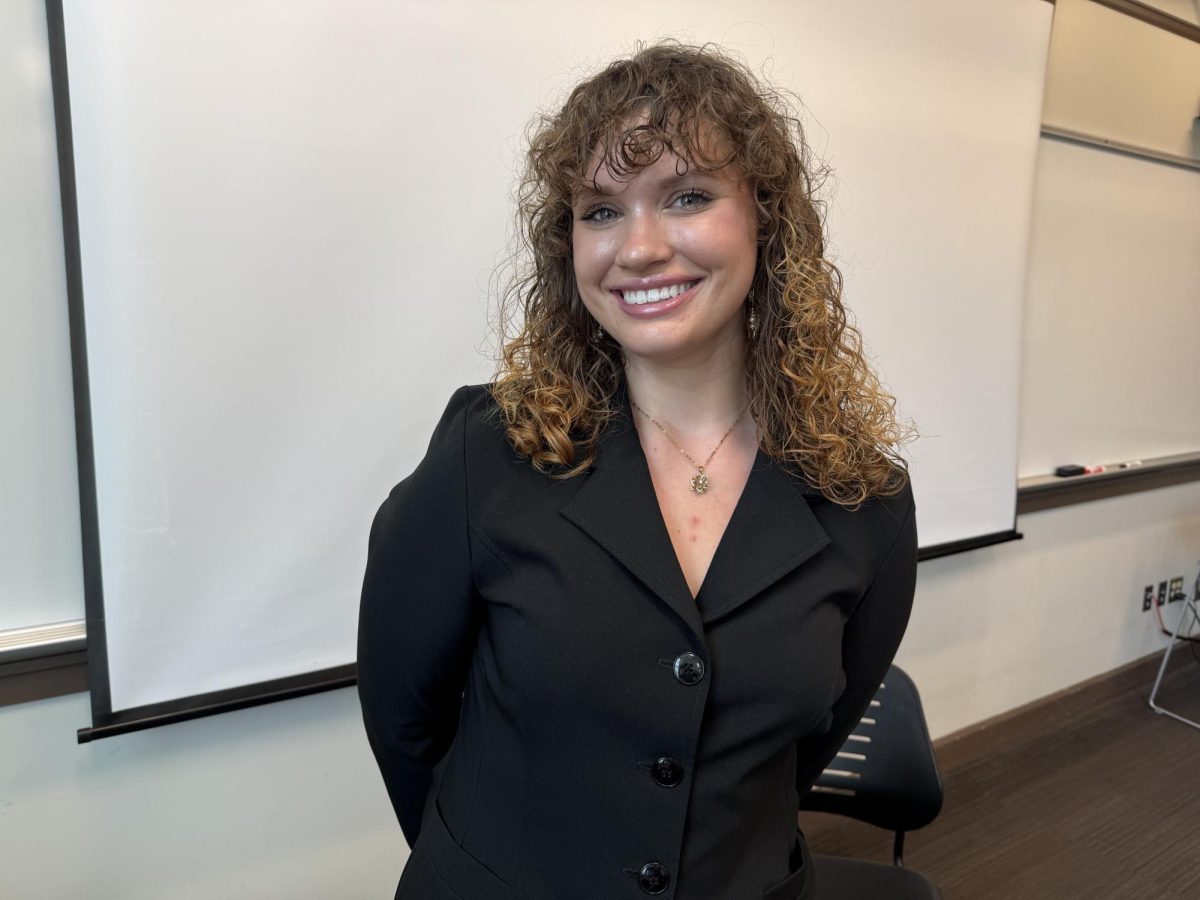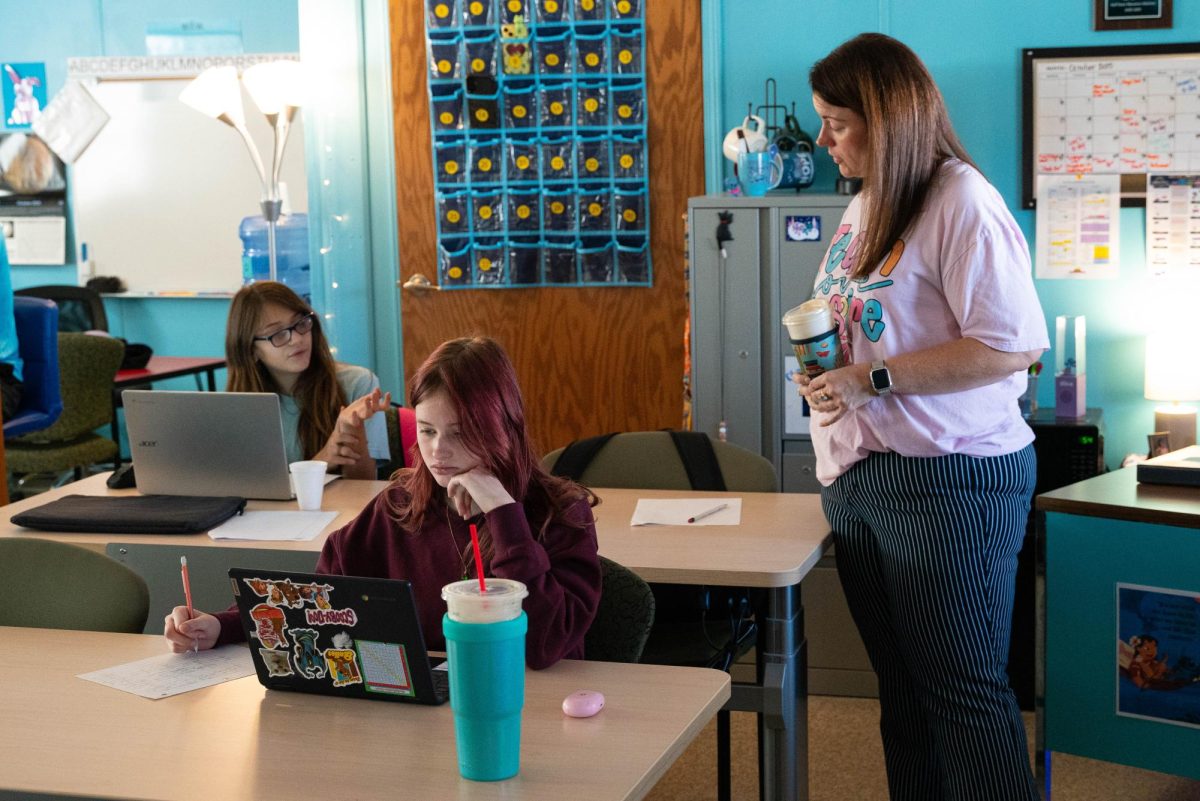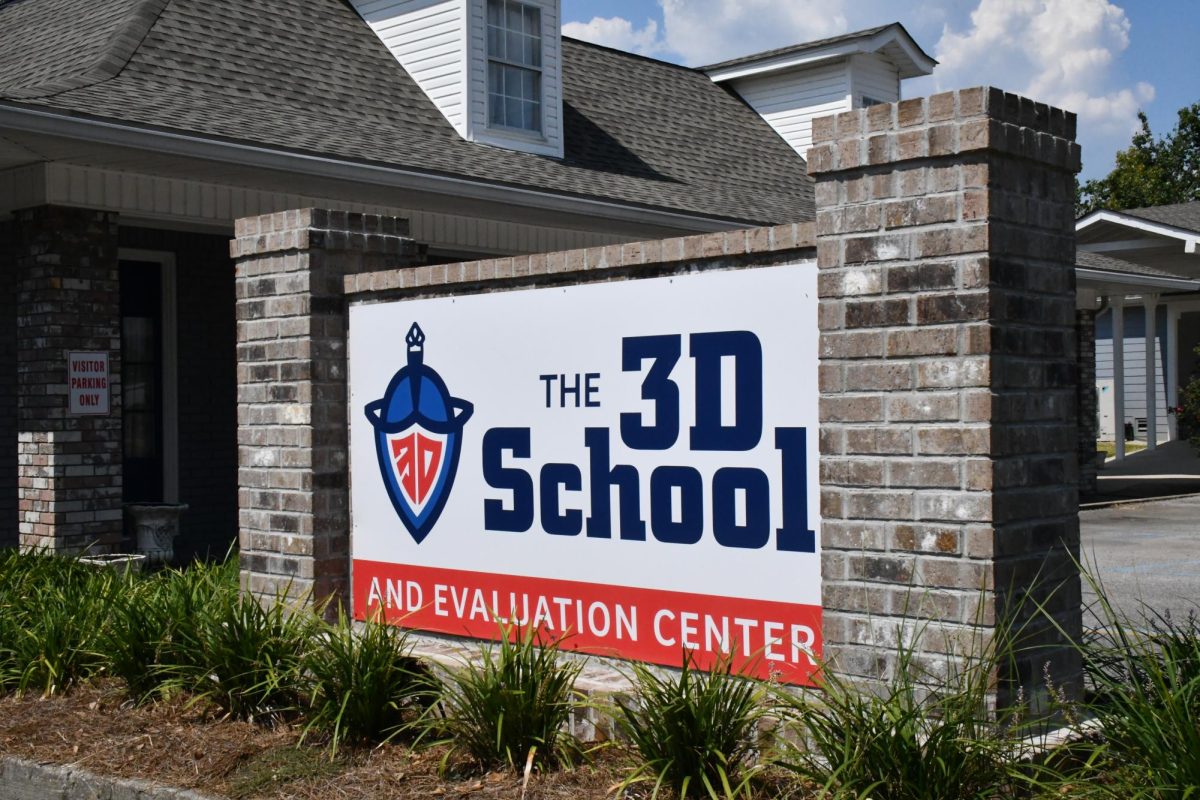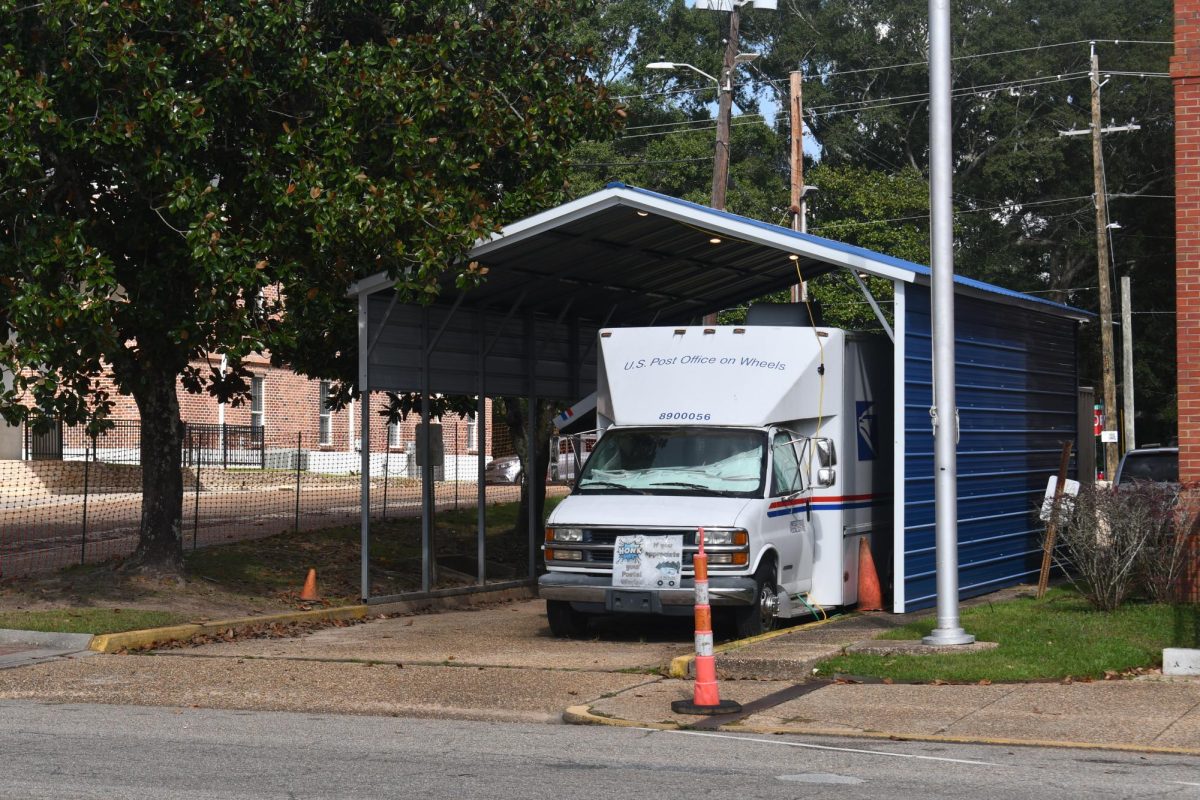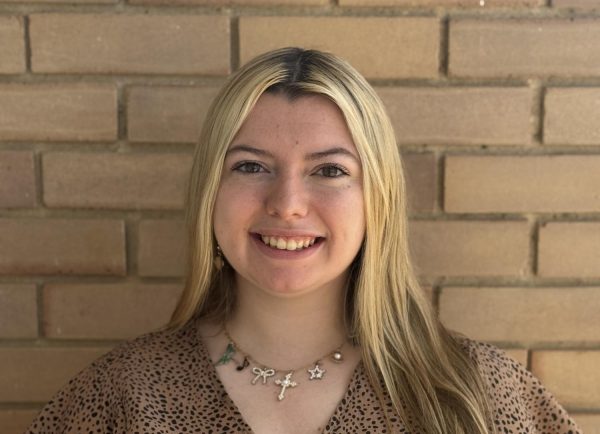PEARL — Mississippi is pouring tens of millions of dollars into artificial intelligence education, promising to modernize classrooms and prepare students for tech-centered careers.
Supporters say AI can accelerate learning, boost creativity and provide instant feedback. But critics say they worry that overreliance on these tools could weaken essential skills like reasoning and problem-solving.
As Mississippi works to expand AI training across the state, officials are catching the attention of some of the world’s leading AI companies. But as these digital tools become more common in K-12 and college classrooms, some educators are asking whether students are truly learning how to think — or just how to ask machines to think for them.
Statewide push
Magnolia State leaders have made AI a centerpiece of their strategy to bolster education and workforce development. In June, Gov. Tate Reeves announced more than $9.1 million in grants to eight of the state’s institutions of higher learning — four public schools and four private schools — through the AI Talent Accelerator Program.
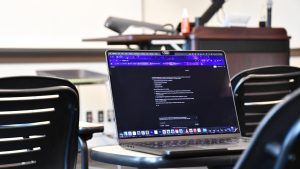
The program aims to develop industry-specific AI training programs, create new labs and certifications, partner with tech companies, and deliver both workforce and digital literacy initiatives to prepare more than 10,000 Mississippians for AI-integrated careers.
“We’re not just preparing for the future — we’re building it,” Reeves said at the time.
That same week, the state unveiled its collaboration with Nvidia Corp. — a U.S.-based tech leader in AI processing — and announced continued work with the Mississippi Artificial Intelligence Network, or MAIN, to help build a statewide AI ecosystem and expand access across Mississippi.
MAIN, spearheaded by Mississippi Gulf Coast Community College, brings together the state’s public community colleges and universities as part of an alliance that also includes private institutions, K-12 schools, state agencies, law enforcement, the military and key players in the business sector.
“Prioritizing underserved and rural communities means making sure that AI and cybersecurity training are available far beyond major cities and universities,” said MAIN Director Dr. Kollin Napier, who was also recently named by Reeves as the chair of the state’s AI Workforce Readiness Council.
As of June, the state has invested at least $37 million in AI education and training through a mix of grants, federal RESTORE Act funding and joint efforts with Microsoft, C Spire, Amazon Web Services and Nvidia, according to the Mississippi Development Authority.
Concerns with critical thinking
As universities and workforce leaders are focused on developing the next generation of AI professionals, Mississippi’s K-12 schools are laying the foundation earlier — helping students learn how to use AI tools thoughtfully and ethically from the start.
While AI may open new doors in the classroom, some K-12 educators worry it could quietly close others — especially when used without clear limits.
“Truth be told, I’m still not sold on it yet,” said Jordan Davis, band director at West Wortham Middle School in Saucier. “I don’t think we need to be reliant on it, but I think it needs to be more of like a helping tool.”

Davis said he’s already seen students skip important steps by asking AI for simple answers instead of taking the time to work through problems themselves.
“It’s hard for them to kind of correct a problem or figure out a problem, because critical thinking is something that has just been slowly been etched away,” he said.
He said his concern is that a growing reliance on technology will create broader issues in the long term — especially when it changes how people think about problem-solving and the benefits that come with finding solutions on your own.
“Working through adversity is how people learn,” he said.
That concern is backed by international research. A 2025 study by Michael Gerlich at the Swiss Business School found students who regularly relied on AI to answer questions scored significantly lower on critical thinking tests than those who didn’t.
“While AI tools offer undeniable benefits in terms of efficiency and accessibility, they may inadvertently diminish users’ engagement in deep, reflective thinking processes,” Gerlich wrote.
AI in action
For school districts who have embraced AI, like Pearl and Ocean Springs, implementation starts with teaching students how to use new technologies responsibly.
Pearl was among the first districts in Mississippi to incorporate AI tools into everyday learning. Teachers are using the technology to help students write papers, get feedback and revise their work in real time.
“I’ve got a teacher that’s developed AI that can actually give them instantaneous feedback,” said Superintendent Chris Chism. “So now, instead of writing a paper every 10 to 12 days, we’re writing one every two days.”
Chism said speed isn’t the only goal. The district is also focused on teaching students how AI works — and how to use it responsibly.

“It’s teaching ethics along with the use of AI with middle school and high school kids,” Chism said. “That’s the biggest issue … teaching them the basics of how it works, teaching them ethics and teaching them the tools to use.”
Pearl has since become a model for other school systems. Chism said he’s trained educators from 44 school districts so far, with more scheduled in the coming months.
At Ocean Springs High School, Theater Director Chris Permenter said AI is helping students explore new creative directions — from script analysis to costume design.
“They’re able to say, ‘This is the piece I want,’ or even search for a costume or set design,” Permenter said. “AI gives them a list of options, they can tweak it, explore ideas and move forward.”
Students use AI for everything from blocking scenes to brainstorming beats or breaking through writer’s block. During last year’s Scottish-themed production of “The Lost Boys,” Permenter said students used AI to identify source materials, find historical context and develop ideas for visuals.
Still, he draws a clear line: The tool can support art — but not replace it.
“Don’t let it replace you as an artist or as a human,” Permenter said. “Your words matter. Your art matters, and just because it tells you that purple’s the right color — don’t always go with that.”



